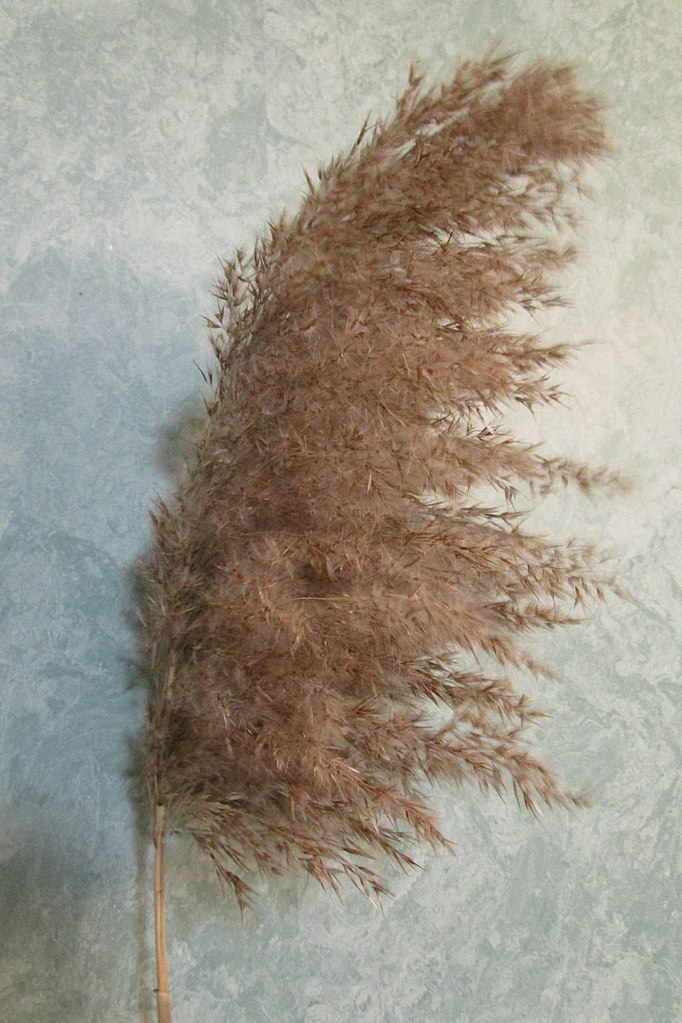
Do you already know this species? Click the arrows to check…














Also known as Kinnikinnick, this natural ground cover with leathery evergreen leaves and red berries can be found growing in sandy, rocky soils in the northern regions of Europe, Asia, and North America
This is the typical “red-breast” found in the United Kingdom and much of Europe, completely unrelated to the “red-breast” found in America.
This dark-colored cup fungus grows in small clumps on hardwood, starting out nearly closed and tender enough to be eaten, and maturing into a more opened cup, becoming too tough to be of much use
This is one of the few birds that many residents of the USA know by name… but it is THAT NAME that makes many people in the UK a bit confused. No matter where you live, each version has the classic “red breast”.
This large-leaved biennial wildflower has thistle-like flowers and an edible and medicinal taproot
A humble little mint with a long blooming period and a long history of widespread use
Known in some areas as a pest, the “rice bird” who feeds on rice and grains especially during migration, this New World Blackbird has unique coloration featuring a male with high-contrast white and cream on black.
This black-white-and-grey bird points its slender bill downwards – or tilts it comically upwards – as it spirals face-first down tree trunks and round and round branches, searching for insects to devour